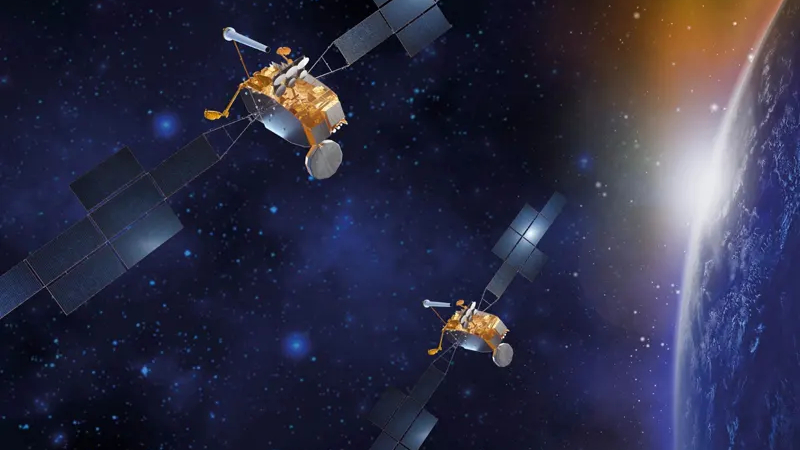'PANOSETI' prototypes: Ambitious alien-hunting project deploys 1st two telescopes


The first two prototype telescopes for the ambitious PANOSETI project are up and running.
PANOSETI — short for "Pulsed All-sky Near-infrared Optical SETI" — will eventually include 160 of these specially designed scopes, which will scan the sky for signals from intelligent life in our galaxy. (SETI, of course, stands for "search for extraterrestrial intelligence.")
When finally assembled, PANOSETI will be the first dedicated observatory capable of constantly searching for flashes of optical or infrared light, project team members said.
PANOSETI researchers come from the University of California, San Diego, UC Berkeley, the University of California Observatories and Harvard University.
Related: 13 ways to hunt intelligent aliens
New window
The deployment of the two PANOSETI telescopes at the recently renovated Astrograph Dome at California's Lick Observatory will provide a new window into how the universe behaves on extremely short timescales, project team members said.
Project co-investigator Dan Werthimer, chief technologist at UC Berkeley's SETI Research Center, explained in a UC San Diego statement last month:
Breaking space news, the latest updates on rocket launches, skywatching events and more!
"When astronomers examine an unexplored parameter space, they usually find something surprising that no one predicted," Werthimer said. "PANOSETI could discover new astronomical phenomena or signals from E.T."
"The goal is to basically look for very brief but powerful signals from an advanced civilization," said Werthimer, who has been involved with SETI for the past 45 years. "Because they are so brief, and likely to be rare, we plan to check large areas of the sky for a long period of time.”
But how likely is it that scientists will detect extraterrestrial signals with PANOSETI?
"The short and correct answer is we have no idea on the likelihood of detection,” UC San Diego astronomer Shelley Wright said in the same statement. "With PANOSETI we will be observing an unexplored phase space for SETI and astronomical observations. Our goal is to make the first dedicated SETI observatory that is capable of observing the entire visible sky all of the time."
Final design
PANOSETI began development in 2018. The end goal is to create a dedicated optical SETI observatory that will image the entire observable sky — approximately 10,000 square degrees — instantaneously.
PANOSETI's final design will feature a dedicated observatory at each of two locations. Each observatory will contain 80 of the project's unique telescopes. Site selection is underway, and the research team hopes to begin observatory construction in the next year, project team members said.
You can learn more about PANOSETI here.
- 10 exoplanets that could host alien life
- To find intelligent alien life, humans may need to start thinking like an extraterrestrial
- SETI: All about the search for extraterrestrial intelligence (infographic)
Leonard David is the author of the book "Moon Rush: The New Space Race," published by National Geographic in May 2019. A longtime writer for Space.com, David has been reporting on the space industry for more than five decades. Follow us on Twitter @Spacedotcom or Facebook.
OFFER: Save 45% on 'All About Space' 'How it Works' and 'All About History'!
For a limited time, you can take out a digital subscription to any of our best-selling science magazines for just $2.38 per month, or 45% off the standard price for the first three months.

Leonard David is an award-winning space journalist who has been reporting on space activities for more than 50 years. Currently writing as Space.com's Space Insider Columnist among his other projects, Leonard has authored numerous books on space exploration, Mars missions and more, with his latest being "Moon Rush: The New Space Race" published in 2019 by National Geographic. He also wrote "Mars: Our Future on the Red Planet" released in 2016 by National Geographic. Leonard has served as a correspondent for SpaceNews, Scientific American and Aerospace America for the AIAA. He has received many awards, including the first Ordway Award for Sustained Excellence in Spaceflight History in 2015 at the AAS Wernher von Braun Memorial Symposium. You can find out Leonard's latest project at his website and on Twitter.

